Three female winemakers you should know about in Portugal
In celebration of International Women's Day
There is a temptation to begin any International Women’s Day article by pointing out where the world still gets it wrong.
It’s a temptation I am going to lean into a little bit because when it comes to the wine industry, the stats aren’t great.
Women represent just 30% of the wine industry, and only a third of them hold senior roles. Only 18% of US winemakers are women, and they earn 13% less than their male counterparts.
There are only 25 female Master Sommeliers, which makes up just 15% of the total.
In 2020, the New York Times broke a story about 21 women who claimed sexual harassment by members of the Court of Master Sommeliers. In the same year, my friend
(read her Substack btw, it’s excellent) wrote about the difficulties faced by women in wine — issues which still stand up today:If you’re a woman what does your future look like? I’ll be honest, I can’t see how I can sustainably continue to work in service for the next 10 years, let alone the next 30. I love what I do. But working 15 hours a day, weekends, bank holidays and Christmas, whilst accepting limited earning opportunities, takes its toll. And that’s before I even get onto the topic of trying to raise a family.
I’ve had my fair share of personal moments too. I’ve had men insist on only talking to my male employees. I’ve been asked if I enjoy being the “Saturday girl” in the store I owned. I’ve worried about what would happen to my career if I ever had a baby. This industry is fueled by alcohol, late nights and often there is little to zero maternity pay —none of which is exactly conducive to motherhood.
So that’s where we are. That’s why initiatives like International Women’s Day exist.
But International Women’s Day also exists to celebrate where we get it right.
I’ve been wanting to write about the emergence of young female winemakers in Portugal for a while because there are many, and they are doing super interesting things. We’re not talking about women upholding the status quo, we’re talking about women shaking things up. Going their own way even when that’s incredibly hard.
Today, I want to talk about three women winemakers, all of whom I have a vested interest in because they are my friends. These are women I regularly dine, party, or vacation with. I have them on speed dial for “fancy a glass of wine?” Friday nights. They are excellent people.
They also happen to own some of the most brilliant, innovative wine projects in Portugal.
The Sauce is made possible because of the support of my excellent paid subscribers. If you like what we’re doing here, consider joining the cohort for $5 a month or $50 a year to gain access to everything from cultural essays to wine advice to travel guides
Mariana Salvador “Revela” — Dão
Mention the Dão region to someone who knows their Portuguese wine and they will likely tell all about its potential or that it’s the next big region for exciting wine.
I think the word “potential” is unfair — it is already good enough to stand on the world stage on its own, in its entirety.
And — no exaggeration — Mariana Salvador is one of the reasons why.
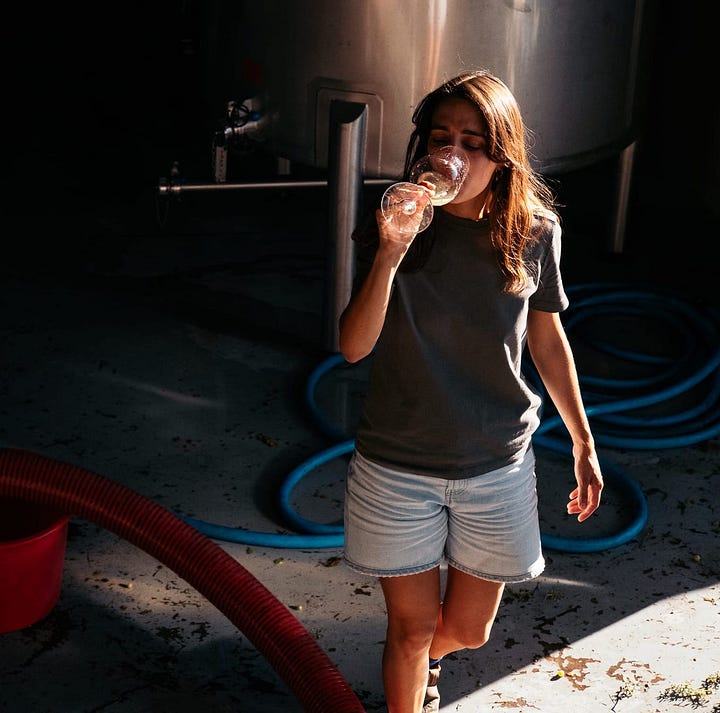

Mariana’s day job is head winemaker at Textura, the first winery from the Dão that ever turned my head. But she also has her own project, Revela. Whites and reds made close to the city of Viseu.
Mariana has a passion for traditional Dão grape varieties. Grapes like the white Encruzado and red Alfrocheiro or Jaen. These names may be difficult to pronounce but worth committing to memory because they are responsible for some of the best wines coming out of Portugal.
Mariana has also bucked the Portuguese tradition of making heavier red wines and instead makes one of hers — the Alfrocheiro — in a semi-carbonic style. For those of you not in the know, carbonic maceration is a winemaking process made famous by Beaujolais. It results in a lighter, fresher style of red wine. The sort that doesn’t put you to sleep after just one glass. The sort I go bonkers for.
The whites are all tension and lemons and peaches and concentration and deliciousness. A masterclass in what white wine is capable of in this region (spoiler alert: a lot).
Good news if you’re in the US: Revela will soon be available in New York and California via Skurnik.
Follow Revela wines on Instagram
Anna Jørgensen “Cortes de Cima” — Alentejo
Anna owns Cortes de Cima, a winery deep in the Alentejo countryside, a couple of hours southeast of Lisbon. Alentejo is not an easy place to make quality-focused elegant wines. It gets hot down there!
When Anna took the estate over from her parents in her twenties, she changed everything Cortes de Cima was doing. She slashed production from 240 hectares (approx 600 acres) to just 64 hectares, plus a further 34 at a property towards the coast.
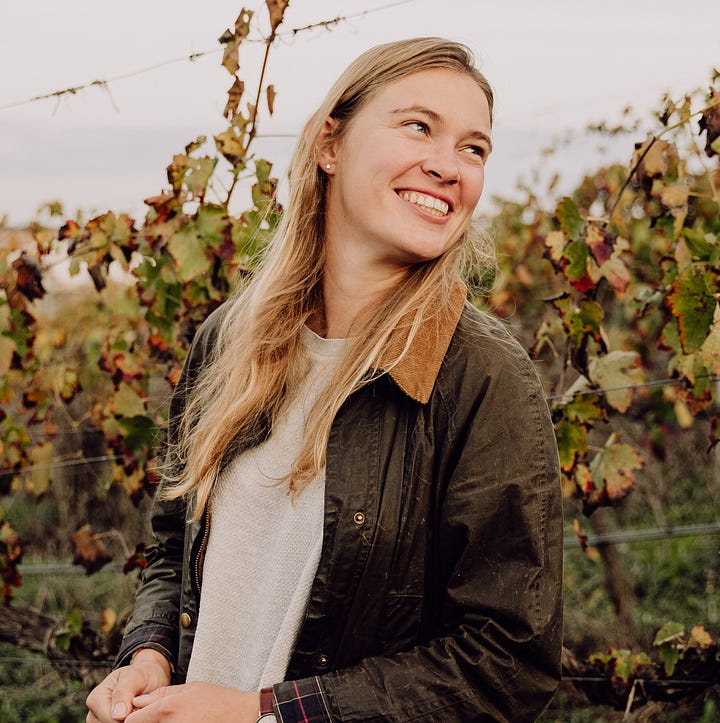
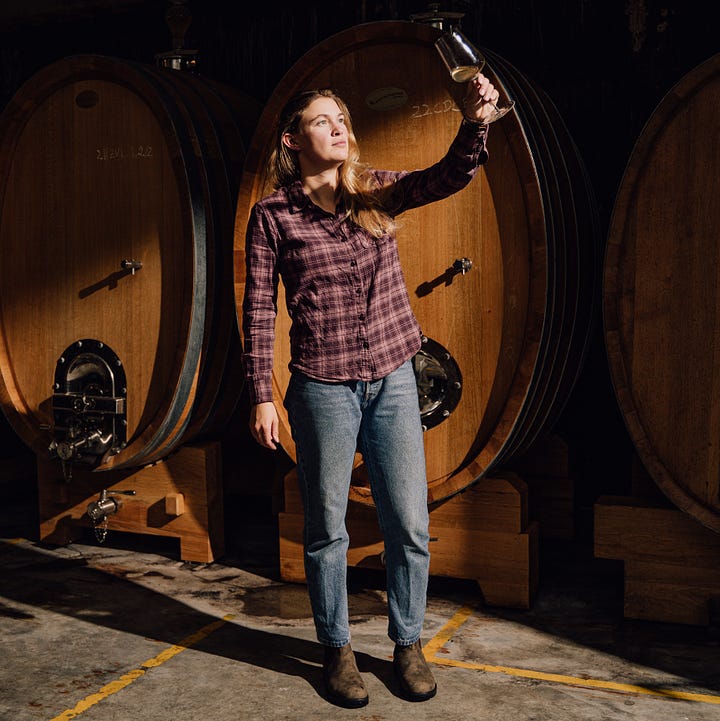
She moved away from intensive, monoculture, conventional farming and now farms a polyculture whilst working with both organics and biodynamics.
It isn’t easy to make massive changes like these, but Anna has always struck me as the sort of woman unafraid of a challenge. It’s one of the reasons I enjoy hanging out with her.
Her wines are a world away from the old school. She favours fresher reds and complex whites. All are excellent, but one of particular note is her Salino red. Made with Cabernet Franc grapes grown close to the coast, this is one of the most mineral, saline red wines I’ve tasted from Portugal.
Atlantic wine indeed.
Cortes de Cima are imported by Polaner Selections in New York and Perman Wine Selections in Illinois.
Follow Cortes de Cima on Instagram
Odile Bouchard “Gamine Rose” — Douro / Dão
Odile is part American, part French but has also lived in Portugal for many years because her family owns the Port house Quinta do Tedo.
But Odile isn’t (only) about Port. She’s about wine. Specifically her project Gamine Rose which began in 2021. This project aims to showcase wines from two regions —Dão for the whites and the Douro Valley for the reds.
Her Dão whites are made from the local star grape Encruzado whilst her Douro reds are based on Touriga Franca. The reds are a beautiful expression of what Douro has the potential to become in the hands of a new generation. A world away from soupy, overblown styles that have dominated the region for far too long.
I also have a particular affinity for the whites because I helped Odile harvest the Encruzado on a warm September day in 2023.


What I like about Odile is that she is unafraid of using fermenting and ageing vessels other than the norm. Old French (naturally) barrels yes, but she also experiments with glass and cocciopesto eggs, which are modelled on ancient Roman vessels. Whilst there is a tradition in some parts of Portugal of using amphora — especially in Alentejo — they are still far from the ordinary.
Gamine Rose is a small production project, so for now, it is only available in Portugal. In my book, that’s just another reason to visit.
Follow Gamine Rose on Instagram

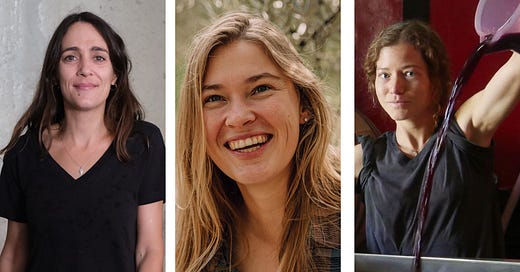


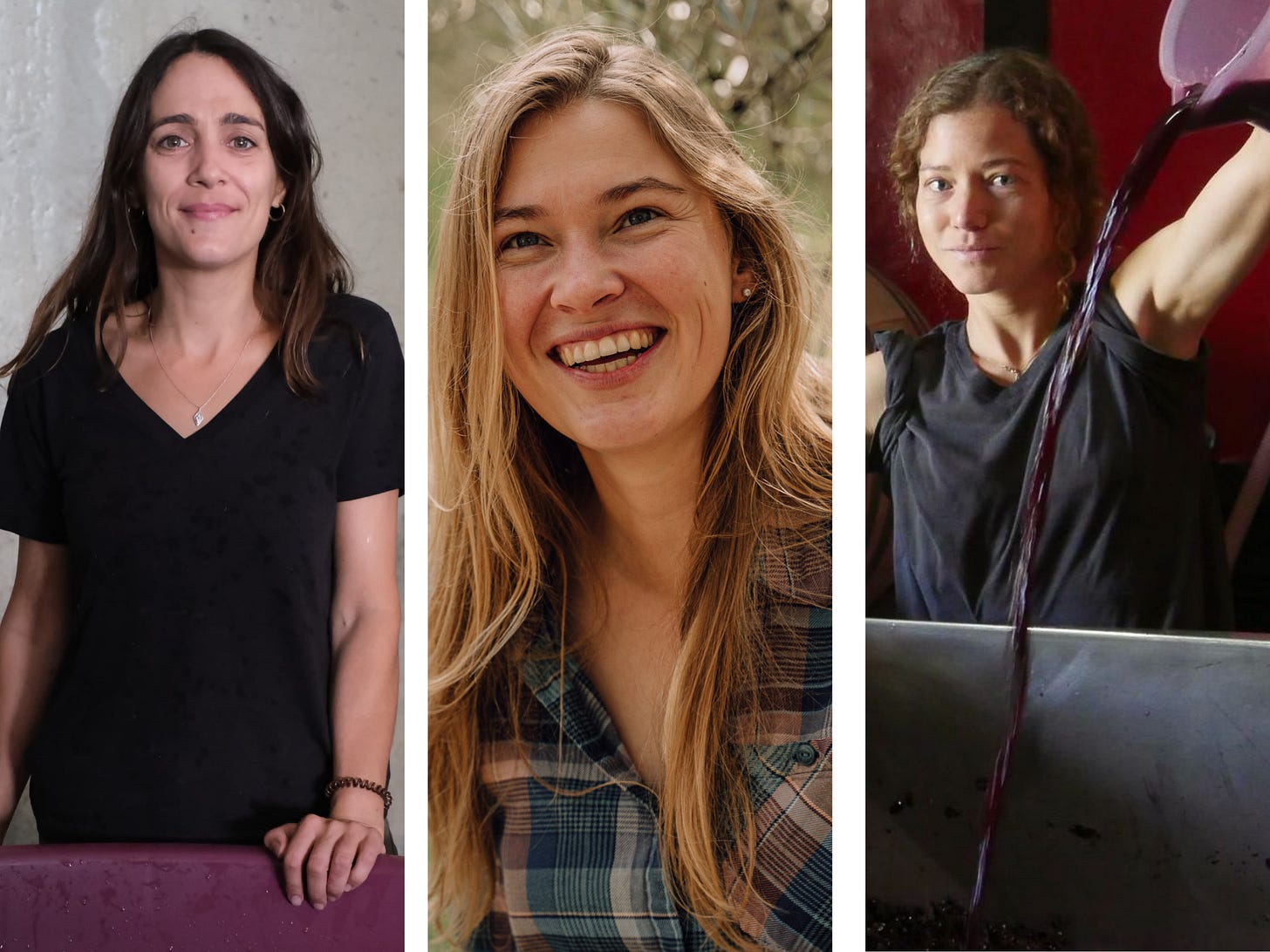

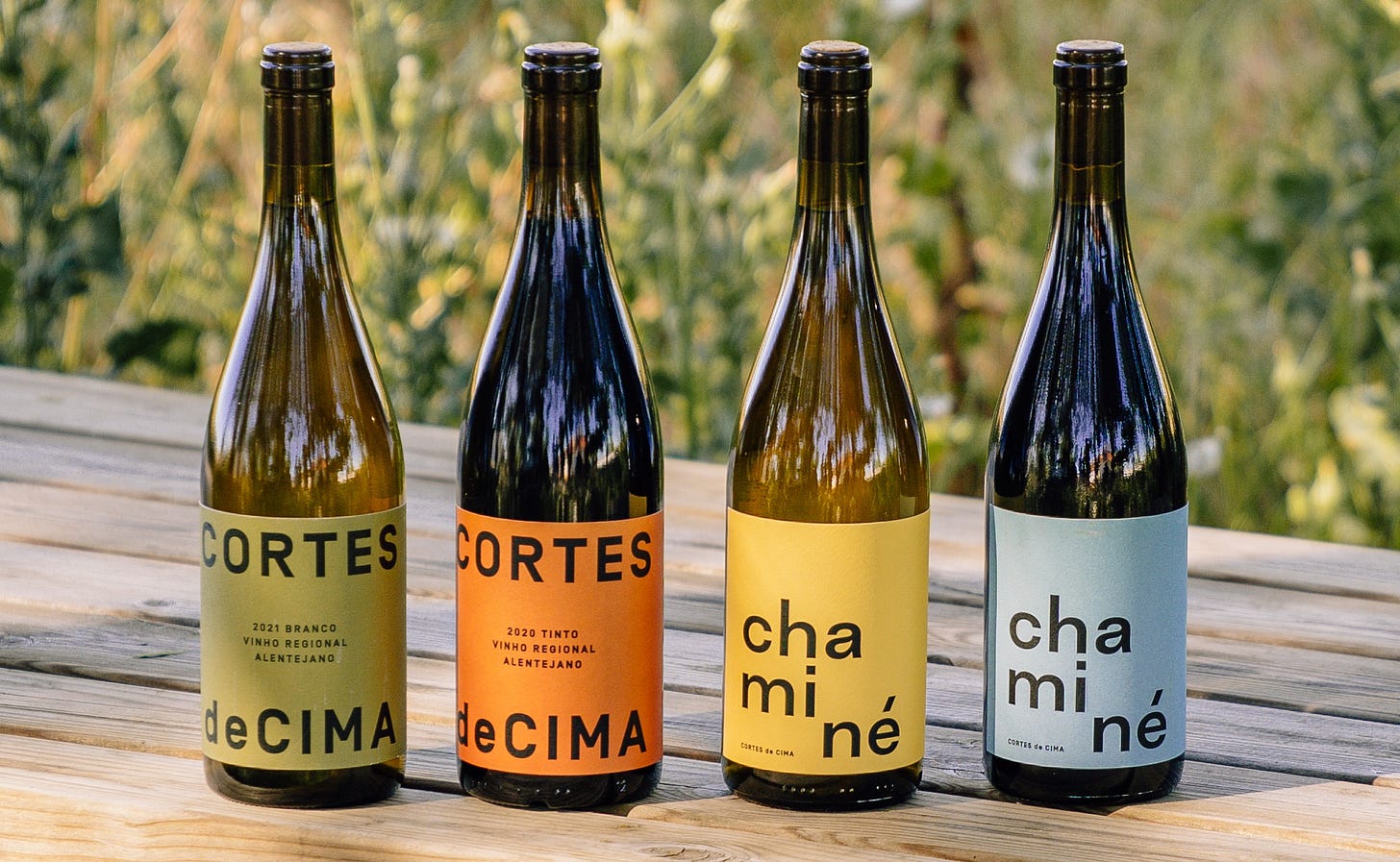


Thank you for introducing me to these amazing winemakers. I live in Portugal and look forward to seeking them out!
Congrats to all of these women especially Odile!